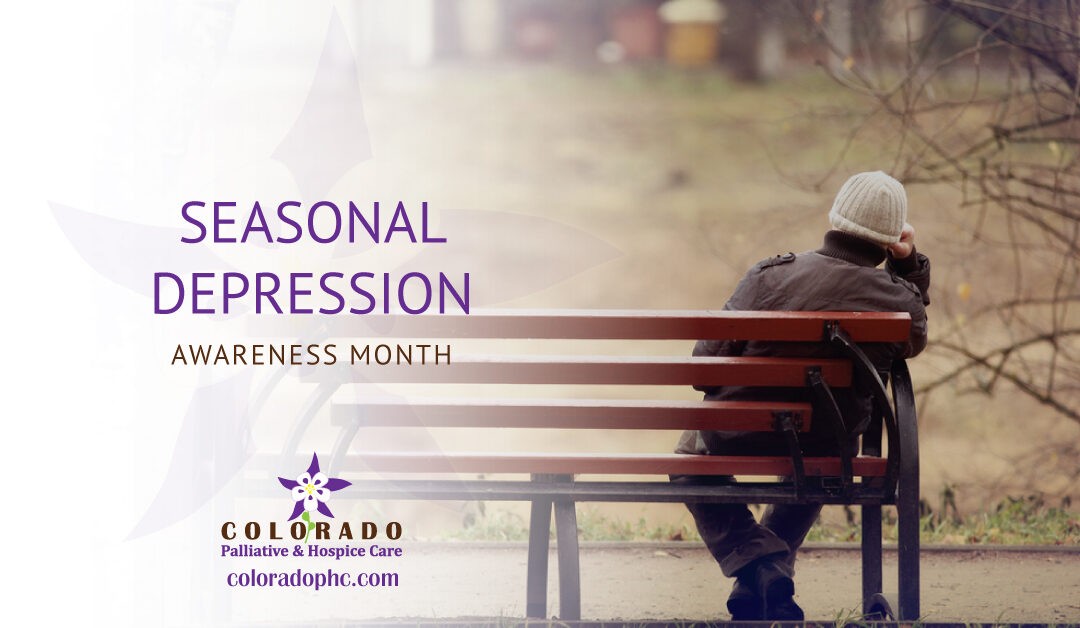Although the holiday season can bring feelings of comfort and joy for many, it’s not like that for everyone. About 5% of U.S. adults experience Seasonal Affective Disorder (SAD), also known as seasonal depression. That’s why December is Seasonal Depression Awareness Month. Keep reading to learn more about SAD, its symptoms, and how you can seek help.
Are You Feeling SAD?
SAD is more than the “holiday blues.” It’s a type of depression most commonly associated with late fall and winter. Symptoms of SAD include:
- Low energy
- Depressed mood
- Feelings of hopelessness
- Social withdrawal
- Irritability or anxiety
- Inability to concentrate
- Changes in sleep and/or appetite
- Loss of interest in once enjoyable activities
Overcoming SAD
Here are some expert ways to deal with symptoms of SAD:
- Structure. It’s easy to throw away our daily routines during the holidays. But, our routines are key for happiness and balance. This means you should continue your regular exercise program, bedtime schedule, eating healthy meals, and amp up the frequency of any other routines that help you relax and feel happy. For example, turn that Sunday night bath into a nightly bath during the holidays, or turn your once-in-a-while massage appointment into a weekly or monthly one. Adding small acts of self-care into your holiday routine will do wonders to lift your spirits.
- Brighten it up. Open blinds, sit close to windows, and get outside for short breaks and walks to enjoy some sunshine as much as you can. Some people with SAD even use sun lamps to ensure brightness even on the darkest, gloomiest days.
- Exercise. Regular exercise is an excellent way to relieve stress and boost endorphins. It also helps you feel accomplished and boosts self-confidence.
- Socialize. It can be hard to pull yourself out of bed, get dressed and ready, and muster up social energy if you’re experiencing SAD. But, connecting with your loved ones goes a long way toward relieving feelings of sadness and seasonal depression. Socializing can help you see holiday joy through the eyes of your loved ones, which will, in turn, help you feel much happier.
How Hospice and Palliative Care Can Help
If you’re feeling particularly low this holiday season due to a terminal illness affecting you or a loved one, your hospice and/or palliative care team can help. These teams are made up of health care professionals there to offer support. Whether it’s one-on-one counseling, praying with the hospice chaplain, or attending group grief therapy sessions, there are plenty of options to help you handle the pain that comes with the holiday season. Contact us today to learn more.

